Market Analysis
In-depth Analysis of Biological Stains Market Industry Landscape
Biological stains are important to the life sciences and healthcare sectors because they provide microscopic inspection and laboratory diagnostic tools. Technology, research and diagnostics applications, and pathology and life sciences growth affect market dynamics. Staining technique innovations are driving the biological stain industry. Manufacturers are developing fluorescent and immunohistochemical stains. These stains increase sensitivity and specificity. Increasing the accuracy and precision of laboratory applications affects biological stain acceptance. The growing usage of biological stains in research and diagnostics affects market dynamics. These stains are necessary for studying cellular architecture, detecting infections, and performing other tests. As genomes, proteomics, and cell biology research expands, specialized and adaptable stains will be needed. Pathology and life sciences are closely related to biological stain sales. Stains help pathologists diagnose diseases by examining tissue samples. Stains help life scientists explore cellular and molecular structures. This advances biological process understanding. The biological stain industry is trending toward customized stains. Manufacturers are creating custom stains for research and diagnostics. Staining procedures are more flexible and accurate with this change, meeting the needs of research institutes and laboratories. Biological stains are regulated to ensure their efficacy and safety. Manufacturers must get permits and meet quality criteria. Changing regulatory constraints may affect market dynamics, product development timetables, and market entry strategies. Global economic conditions affect the biological stain market. Economic conditions, foreign currency rates, and healthcare budgets might impact manufacturing pricing and costs. Economic issues may affect research and diagnostic expenditures, which may affect healthcare institutions and laboratories' procurement decisions. The fierce competition between the major Biological Stains manufacturers shapes the market. Businesses invest in R&D to create stains with better performance, less toxicity, and more stability. Collaborations, partnerships, and acquisitions can increase product portfolios and market presence. Combining contemporary imaging technology with biological stains drives market dynamics. As imaging technologies advance, stain compatibility with confocal microscopy and digital pathology becomes increasingly critical. Many manufacturers are adjusting their products to satisfy the evolving needs of diagnosticians and researchers. The biological stain market is heavily influenced by academic and medical preferences. Stains are chosen based on cost, compatibility with lab equipment, and ease of use. Manufacturers should consider these preferences to promote customer acceptance and loyalty. Future advances in biological stains include ecologically friendly, multiplexing, and three-dimensional imaging. Future environmental changes will bring new chances to improve research, diagnosis, and laboratory sustainability.

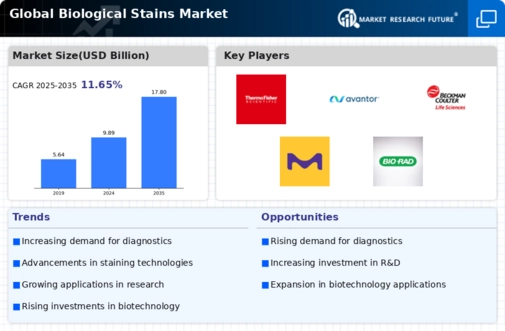
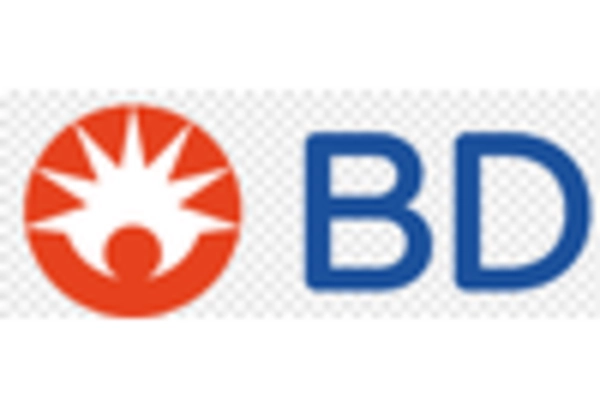
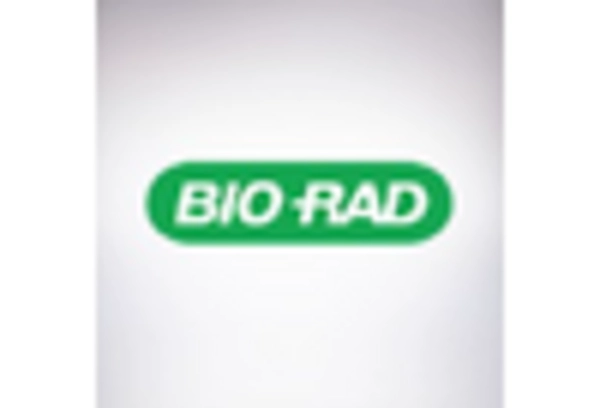
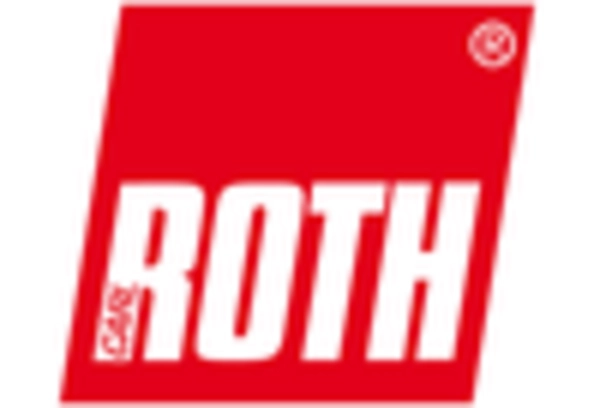
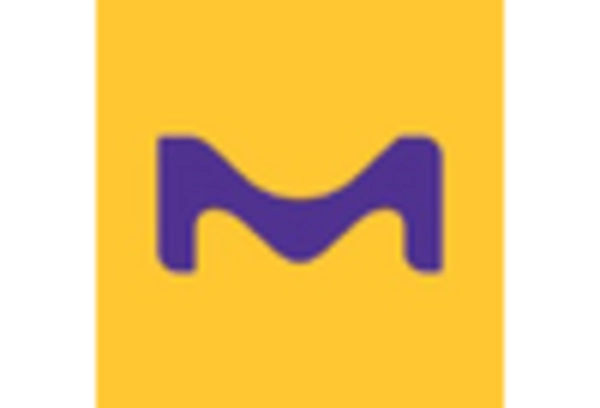
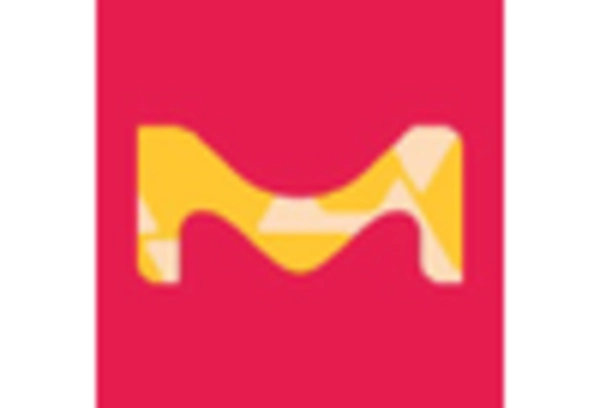
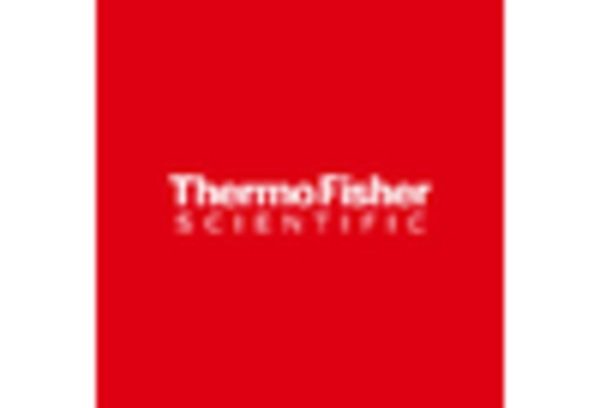









Leave a Comment